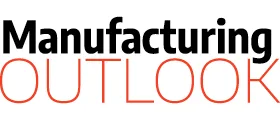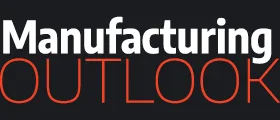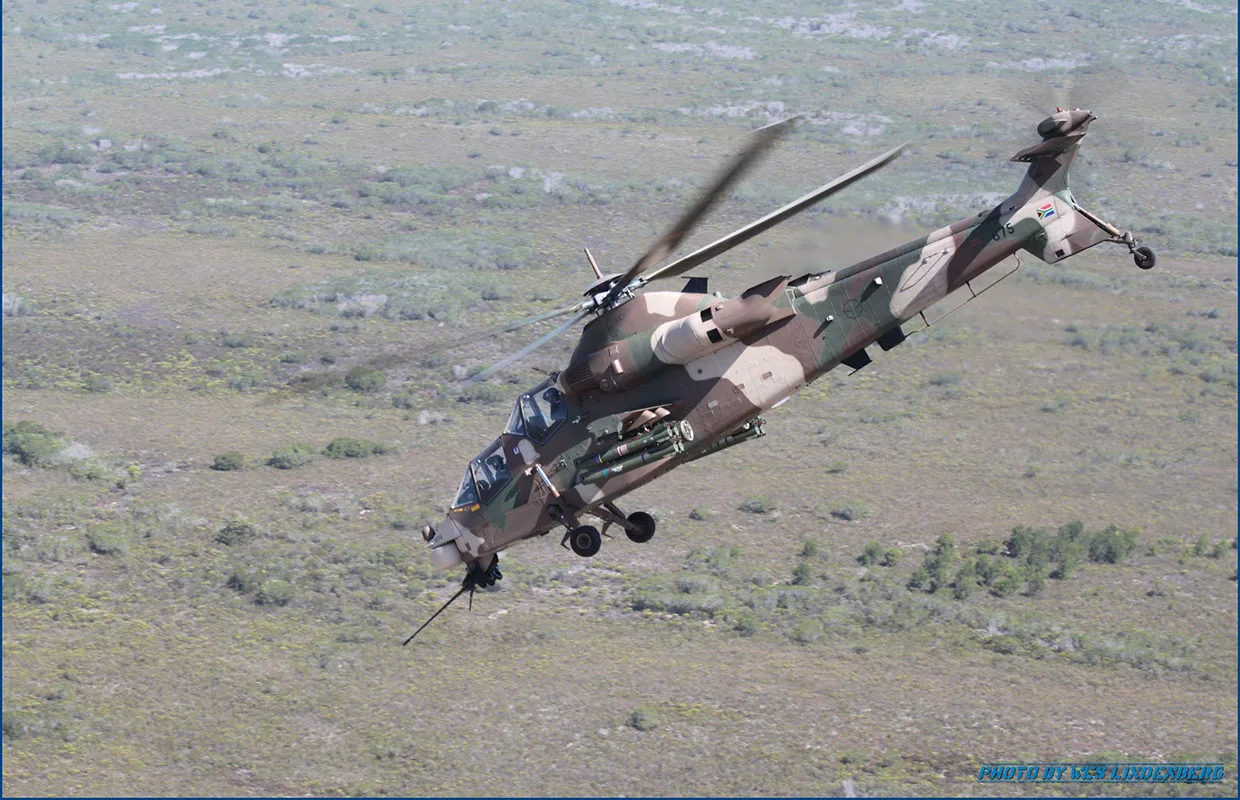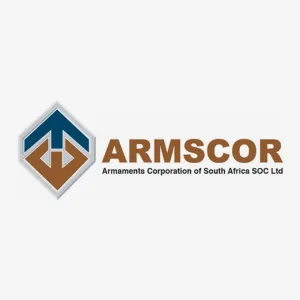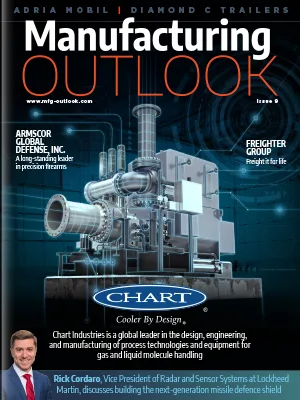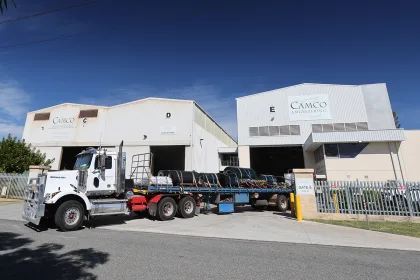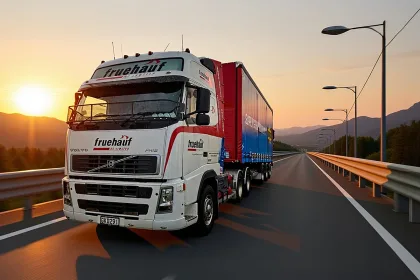Supporting national interests and a growing South African economy, the aerospace, maritime, and defence industries are of critical importance to the continued economic expansion of the country. We take a look into the individual characteristics of each sector and how they converge to create a prosperous future.
SPOTLIGHT ON SOUTH AFRICAN AEROSPACE, MARITIME, AND DEFENSE
In South Africa (SA), the aerospace, maritime, and defence sectors are globally competitive and exist as some of the largest and most advanced fields on the African continent and across the world.
As such, it is crucial for national interests to ensure that a world-class indigenous defence industry capability is maintained in a sustainable manner. Providing high-tech solutions at competitive prices is a constant necessity to secure export orders, which in turn leads to skills development, job creation, and retention.
Additionally, this assists the SA government in executing its foreign policy imperatives and agreed-upon international responsibilities in the region and wider African continent.
The aerospace sector, specifically, is an active and vibrant industry that demonstrates a long and proud history of innovation, R&D, and manufacturing. SA possesses a track record of producing full aircraft and complex systems alongside having a very mature R&D agenda through which the country has become a globally recognised leader in key technologies.
Equally, the maritime industry plays a vital role in the country’s economy, as SA is positioned along a major international trade route and has a coastline that stretches over 2,800 kilometres (km).
This geographical location presents a significant opportunity as the country has access to both the Atlantic and Indian Oceans, allowing for vast maritime activities and acting as a key engine for economic growth.
Finally, the defence industry in SA is one of the largest in the developing world, influenced by various strategic, political, and economic factors in addition to the democratic transformation of the country, which triggered the reshaping of its military institutions.
The defence industry is aptly referred to as a national economic industrial asset as it provides weapons, equipment, and combat systems to the South African National Defence Force (SANDF) alongside export customers.
Altogether, the aerospace, maritime, and defence sectors of SA serve as crucial economic drivers, supporting national interests, providing job growth and retention to millions, and acting as cornerstones of a stable and growing national economy.
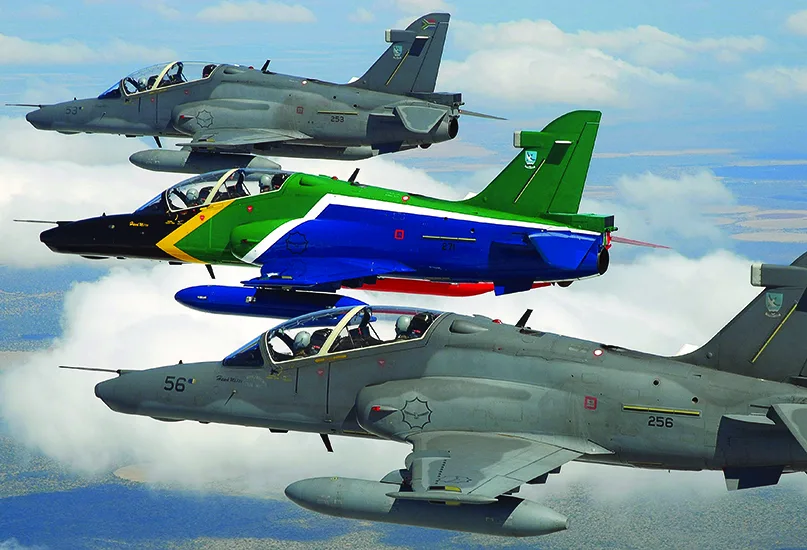
Q&A WITH THE AEROSPACE, MARITIME, AND DEFENCE INDUSTRIES ASSOCIATION OF SOUTH AFRICA
On a mission to create an enabling environment to ensure long-term sustainability, the Aerospace, Maritime, and Defence Industries Association of South Africa (AMD) contributes to national security and industrial and technology objectives. Sandile Ndlovu, Executive Chairperson tells us more about the organisation’s origins and soaring plans for the future
Firstly, could you explain the origins of AMD – when was it founded, and what was your initial vision?
Sandile Ndlovu, Executive Chairperson (SN): The association was founded in 1997, three years after the birth of democracy in SA.
Before this, our industry was not export-driven because of the arms embargo; rather, it was solely focused on local clients. When the new Minister of Defence at the time, Joe Modise, assumed office, three different industry associations existed. However, it was impossible for him to deal with all three at once, so he called them into a meeting to form one association.
After that, AMD was born. The focus, and one that is still at the top of the agenda, was transformation. The aim was to ensure that the industry was properly transformed and that previously disadvantaged groups had a voice. Equally, there were discussions around the Strategic Defence Package, a major defence procurement programme.
That’s when SA bought ships from Germany, in addition to submarines, fighter helicopters, and fighter aircraft from the UK and Sweden.
Two years ago, we celebrated our 30th anniversary, and we are incredibly proud of the progress we have made.
What is your current take on the aerospace, maritime, and defence industries in SA? Are they particularly exciting or challenging environments to work in?
SN: They’re a bit of both. It’s exciting because in the aerospace, maritime, and defence sectors, we see the ability to develop many solutions that our country needs and make SA strategically independent as far as technology is concerned.
That is definitely where the excitement is. However, there are also challenging aspects because of the history of the industries. We find ourselves in a scenario where not all South Africans understand or fully comprehend the capabilities they have, and as a result, there are areas where we are not fully supported.
Therefore, when you have a politician visiting SA, they are typically shocked that some of the products manufactured here because, in their minds, they don’t envision the country having those capabilities.
That’s the challenge, but the exciting part is that we have the ability to add to the future of SA’s technological solutions.
“In the aerospace, maritime, and defence sectors, we see the ability to develop many solutions that our country needs and make SA strategically independent as far as technology is concerned”
Sandile Ndlovu, Executive Chairperson, Aerospace, Maritime, and Defence Industries Association of South Africa
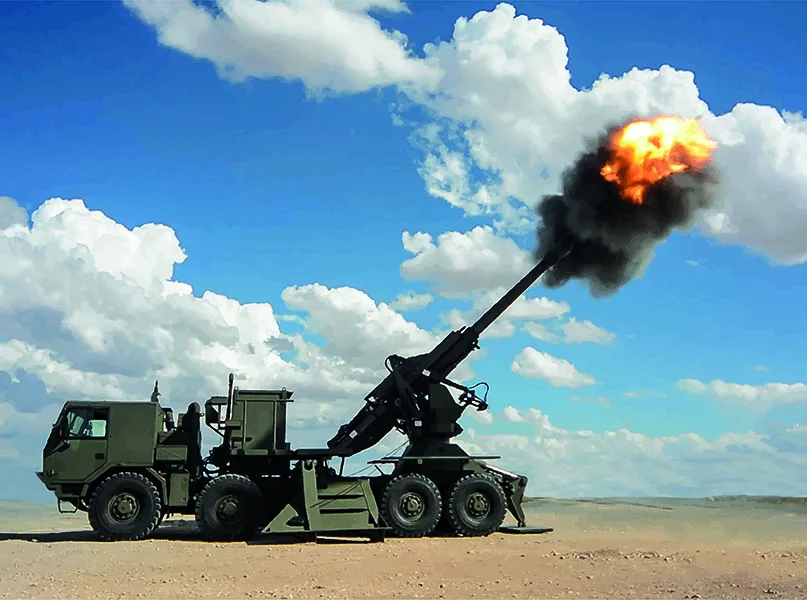
Can you tell us more about AMD’s vision and mission to create an enabling environment for SA’s defence industry to ensure long-term sustainability, both locally and internationally?
SN: AMD is the only government-recognised representative body in our sector.
As a result, a lot rests on our shoulders because we are leading an industry comprising approximately 600 to 700 defence manufacturers, which is quite a big number for a small country such as ours.
With all these companies, owners, and employees looking to us, we have to ensure we deliver a service that allows them to grow, expand, thrive, and be sustainable.
That is the focus of our industries, in addition to being extensively export-driven.
Over the past 10 to 15 years, the SA defence budget has continuously declined, which has meant we’ve had to look to foreign markets to find ways of surviving.
We now have a responsibility to assist our industries in accessing foreign opportunities, which we’ve successfully managed to do. However, it has placed a huge burden on the association to establish and develop the internal capacity to allow it to deliver in that aspect.
Equally, the environment is now enabling companies in our sectors to thrive. Of course, there will always be challenges and room for improvement, but we can confidently say that they are now in a position where they can deliver on their mandates without any hindrances.
How does AMD’s strategic geographic position provide a distinct advantage?
SN: We are recognised by and work very closely with the SA government.
That’s a necessity because we are a regulated sector, meaning there is very little that we can do without the permission and support of the government, as we need permits that they issue to trade.
This means we get very close to the government in a strategic sense, and when there are national challenges, our industries are often called upon to assist in resolving them.
From a strategic perspective, people are starting to acknowledge that our sectors are crucially important national assets.
However, that also requires us to deliver on what we promise.
We also have to actively participate in supporting government objectives, such as skills development, job creation, and the most crucial one for our country – the continuous transformation of our sectors.
Of late, we’ve had a special programme that supports women in the defence industry because the environment is very male-dominated. So, if there are females who want to play a role in the sector, we must develop mechanisms to allow them to successfully participate.
It also places us in the limelight nationally, which further enhances our strategic positioning.
As one of the cornerstones of a stable and growing economy in SA, how does AMD ensure world-class, indigenous defence industry capabilities are maintained in a sustainable manner?
SN: That’s a work in progress because sustaining this industry requires all stakeholders and a firm and deliberate commitment from the government, not only from a procurement perspective where the government dictates all our defence and security needs but also in terms of R&D investment.
Our defence sector has a very high R&D cost attached to it, and we’ve been very successful with that, which is why we were able to develop products that are internationally competitive.
Of late, the investment we’ve received in the industry has been mainly from the private sector, both locally and internationally.
We have had quite a large number of foreign companies invest heavily in SA. As a result, there are pockets of excellence where we manufacture internationally competitive goods.
Our goal is a scenario where the government puts in the money themselves and then finds us international players who bring in the financial resources required for us to remain competitive and sustainable in the long run. If we don’t invest in R&D now, we will be an obsolete industry in 10 years because technology is developing so fast.
It is a bit of a challenge, but one that we are confronting, and we are lucky to have a government that is very responsive to the issues we bring them.
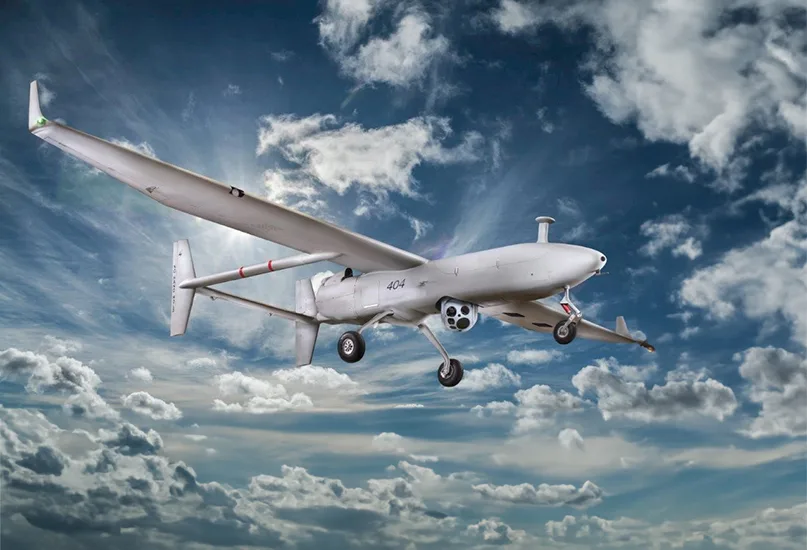
Additionally, how does AMD encourage the SA government to execute its foreign policy and agreed-upon international responsibilities alongside providing local skills development, job creation, and retention?
SN: That has always been our main focus. One of the challenges we continue to face is that people don’t have a full comprehension of the scope and capabilities of our sectors. So, what we did to combat this was make a strategic decision to have round tables and conferences with our government.
Over the past four to five years, we’ve been partaking in annual engagements with the various government entities responsible for security. The primary purpose of this is to fully understand what their challenges are because in understanding them, we can come up with solutions and find ways in which we are going to jointly develop the skills we require as an industry and they need as end users to maintain the products and the systems we develop for them.
Soon, there will be a programme launched by our Deputy President where the government will take graduates and place them within various economic sectors including aerospace, maritime, and defence.
With the placement of those graduates, we will be able to gain access to the skills we need, and they will be able to access the expertise, training, and experience they require. At the end of the programme, we will either absorb them or they will find a placement in other companies or sectors where they are required.
Of late, there has been a greater collaboration between our industry and the government and we are now being approached more consistently for solutions, which is a welcome development from where we were in the past.
Are you optimistic about the future of SA’s aerospace, maritime, and defence industries?
SN: Of course, without a doubt! It’s an amazing country, opportunity, and sector to be in.
What you will not believe is that on a monthly, if not weekly basis, we host international delegations that visit either to learn about our industries or seek solutions from them.
It shows that, even on the international stage, these are still considered some of the best and most exciting industries to engage with.
I think our government is recognising that most of the solutions to their problems from a technological perspective are sitting within our industries since they develop technologies that are very durable and have a high tolerance and endurance.
Most sectors are now calling on us to help them solve their challenges, so we are quite optimistic. However, we are under no illusions that it’s going to be easy. It will require us to do the necessary work, which we are willing and excited to do.
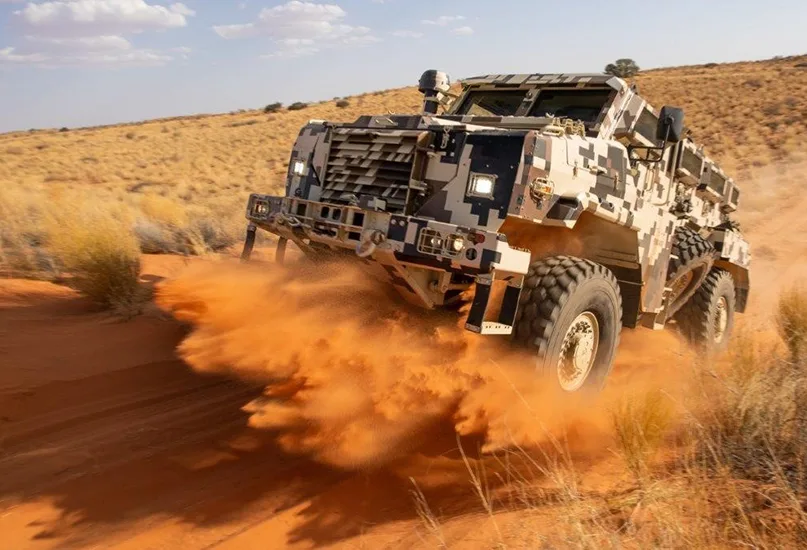
Finally, what are AMD’s goals and priorities, and what strategies will you employ to facilitate and implement them?
SN: We’ve recently had a strategic session on those very ideas. The most important one for us is a coordinated government plan for supporting our sectors. For this, we need the support of the government in all aspects.
Secondly, if you want the government to support you, you have to show that you are supporting them in their national objectives. Therefore, the creation of highly skilled jobs is something we’ve taken as our responsibility. We now want to embark on programmes that allow us to create jobs and train people for the future.
Lastly, SA is a country that has a very difficult past, as others were once excluded from participating in some economic sectors. So, transformation remains a real objective of our industries, not just in terms of race but also in terms of young people and different genders feeling comfortable coming into the space.
Additionally, there has been quite a concerted effort on our part to identify projects that we can help and partner with alongside government.
We’ve said to them that a public-private partnership where the private sector brings its own finances into these projects is a great idea, so we utilise that in the security space and they’re actively considering it.
We think if they can resolve that, we will be able to bring in funding to help them achieve some of their biggest objectives. If that becomes a reality, we will have enough projects to allow us to bring in the necessary skills and create jobs.
Also, we could assist our government in achieving strategic independence. We know that other countries sometimes manipulate our sectors to control their clients. For example, if a country sells something to you, you must agree that you will not use it in certain situations. We do not want our government to fall prey to that.
Getting defence projects right, would resolve many of the major challenges we are facing and help us achieve some of the main objectives we’ve set for ourselves.
